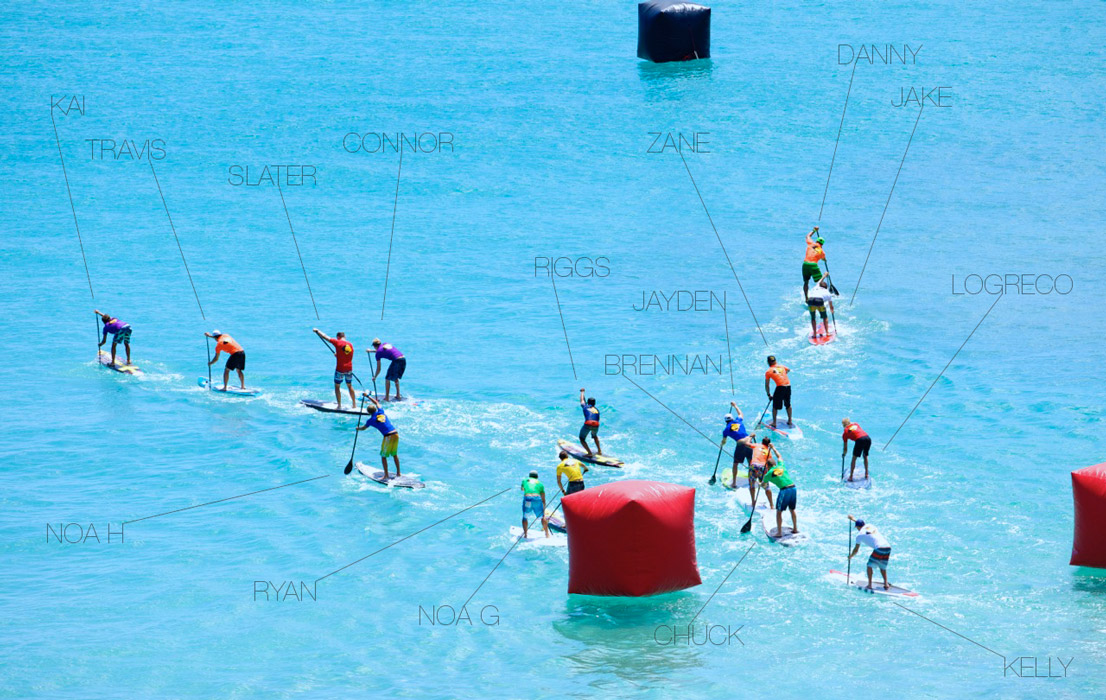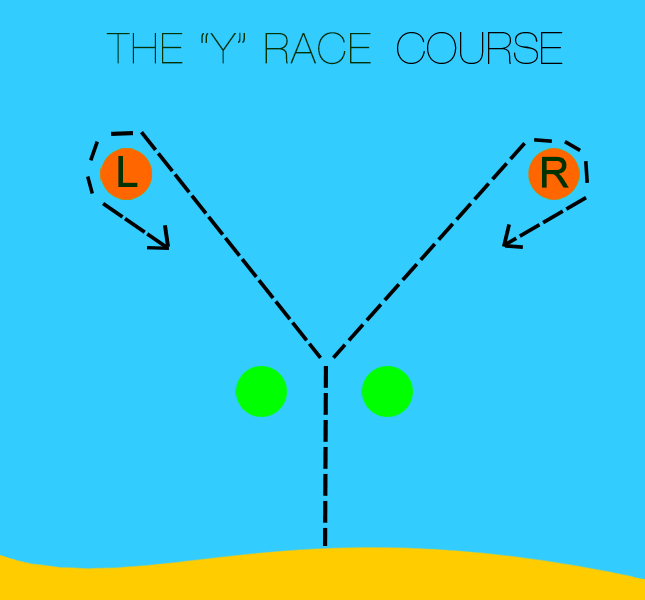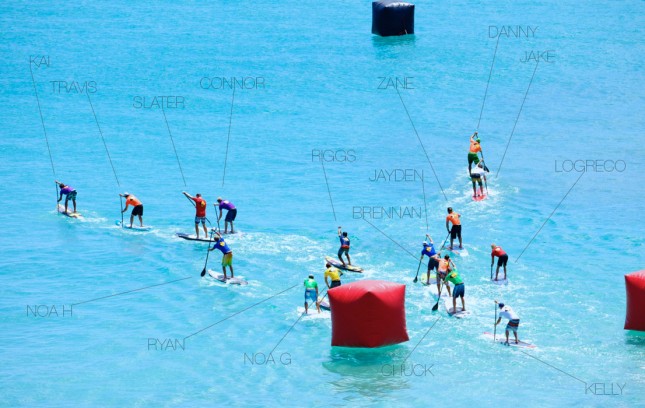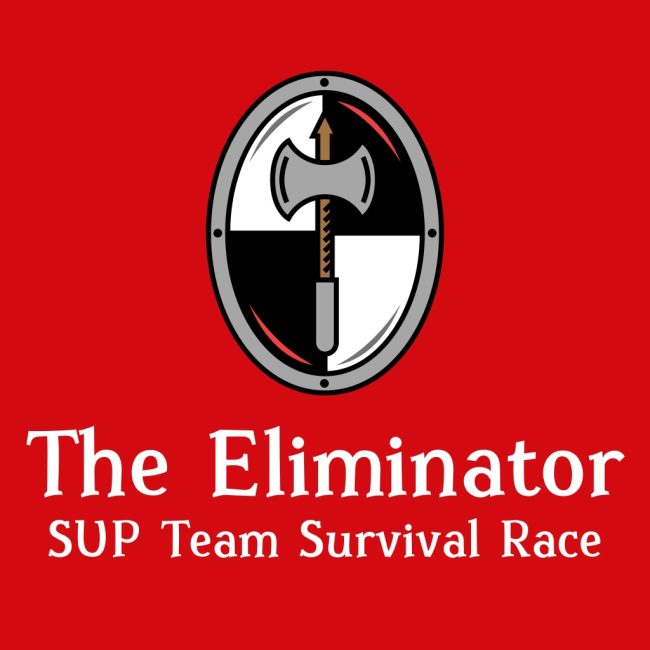
The “Y Race” – The Unique New Format That Was The Highlight Of The Showdown
The Ultimate SUP Showdown definitely impressed. A well run event, a deep field of big names, top level prize money paid out (in cash) at the lavish awards ceremony and, best of all, a whole bunch of unique innovations.
Some of those innovations worked very well (loved the Formula 1-style starting grid, the excellent treatment of the athletes and the next level TV production), while others misfired (the surfing specialists never had a chance in the Showdown finale, despite its billing as an even match up between wave riders and racers).
However there was one innovation that stood out above the rest, at least from my perspective perched up in the judging tower overlooking the action.
The “Y Race” course that was used during the qualifying rounds on the weekend.
It was awesome.
So good that it almost overshadowed the slalom-course used in the finale. In fact I think I enjoyed watching the Y races more than the Showdown itself: Those qualifying rounds were short, sharp, intense affairs on a unique new course that’s never been seen before.
(Technically I think a couple of local races have tried something similar, in New Zealand for example, however this was the first time I’ve seen it live and definitely the first time it’s been seen at a major event.)
So how does it work? The term “Y” actually sums it up very well, but basically:
Competitors start on the beach and sprint straight out to a pair of buoys that act as a gate. Once they go through this gate, paddlers can choose if they want to race towards the left or right outside buoy (the fork of the “Y”). After rounding the outside buoy, they charge back the way they came, through the gates and to the finish line on the beach.

In a similar vein to Jacko’s Super Lap, the “Y Race” course brings a whole new dynamic SUP racing and forces paddlers to focus even more on their strategy and tactics.
Some paddlers love turning left around a buoy, others right. Some love drafting the guy or girl in front of them, others love to be in their own clean water. Some paddlers use the Y to try and break the paddlers around them, others use it to try and gain ground after a bad start.
In the Showdown qualifying races we saw some interesting tactics as paddlers chose either left or right. In the picture up top (which was the men’s final) you can see Danny going to the right while Kai went to the left. Jake Jensen sat on Danny’s tail while Travis followed Kai. The other paddlers in the 16-man final were fairly evenly split (I think it was 9 going one way, 7 going the other).
Sometimes a wave or some bumps would come through on one side of the Y but not the other, which gave paddlers on that side a huge advantage coming back in.
It was very cool to see the pack split mid-race and for paddlers to choose their own path. Even cooler was when they’d round the outside buoy and charge back to the gates, where they’d meet up again for the final 150 metre sprint to the line. It made the racing less predictable and more exciting, with the result unclear until the final sprint to the beach.
I’m not exactly sure who invented the “Y Race” concept but the Showdown can definitely claim credit for having popularised it, so hats off to the organisers for trying it out.
This course layout would be an awesome addition to any short course event that’s looking to make the racing more exciting. It works really well in the waves, however it would be even more valuable for flat water races (which are too often very predictable and not very exciting).
The “Y” race only really works in short events (around 500 metres/3 minutes in length would be optimal), but for these kind of races at least, it’s definitely a cool addition.
So there you go. The Y Race. Add it to the list alongside Jamie Mitchell’s Survivor format and Jacko’s Super Lap as an option for spicing up your next course race.




